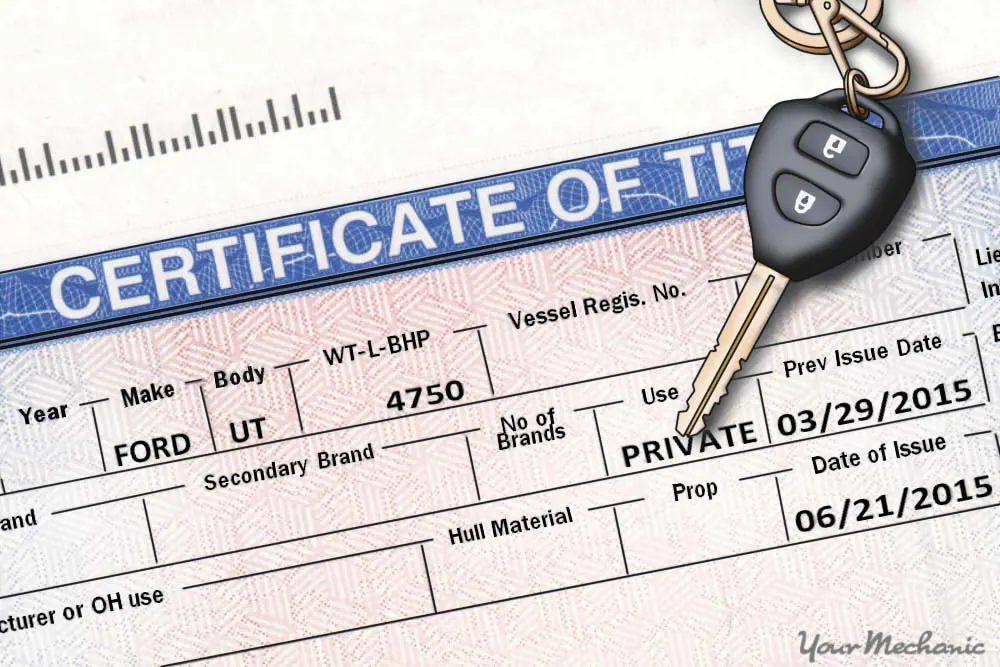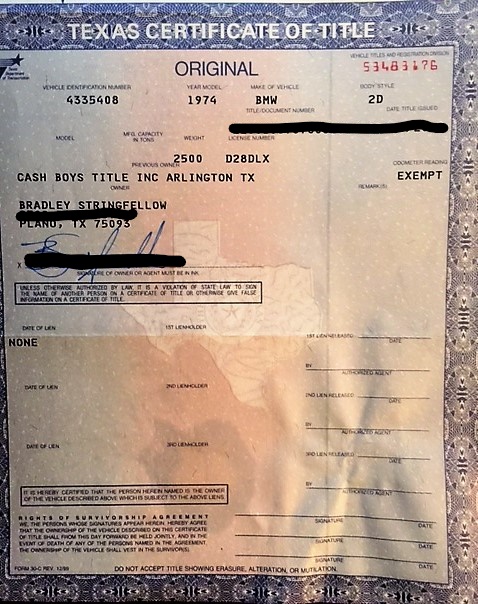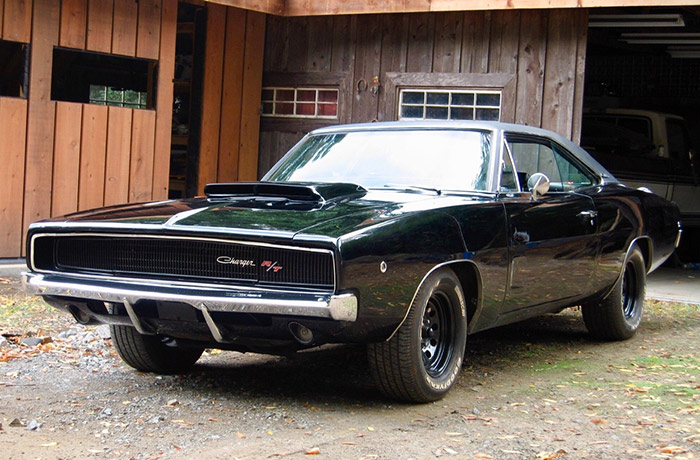What Is A Blue Title?
When it comes to buying a used car, the term “blue title” is one that potential buyers should be familiar with. A blue title, also known as a rebuilt or salvage title, indicates that the vehicle has sustained significant damage, often from an accident or natural disaster. While these cars can be repaired and put back on the road, they come with certain risks and considerations. Today, we will find out what a blue title entails, the potential pitfalls of owning such a vehicle, and the crucial factors to evaluate before making an informed decision.

What Is A Blue Title?
The meaning of a “blue title” can vary depending on the location. Here’s a breakdown of the two most common interpretations:
1. Salvage Title (Most Common)
In many states across the US, a blue title refers to a salvage title. This means the vehicle has been declared a total loss by an insurance company, typically due to:
- Major accident damage
- Flood damage
- Fire damage
- Theft
The car might have been repaired after being declared a total loss. However, a salvage title indicates that the vehicle’s safety or value has been significantly compromised.
Here are some key things to remember about salvage titles:
- Safety concerns: A salvage title car might have hidden damage that could pose a safety risk.
- Registration difficulties: Registering and insuring a salvage title car can be more complex and expensive.
- Lower resale value: Salvage title cars have a significantly lower resale value compared to cars with clean titles.
2. Clean Title (Less Common)
In some specific states, like Texas, a blue title can actually indicate a clean title. This means the car is free of any liens and has not been declared a total loss by an insurance company.
Here’s why the confusion arises:
- Traditionally, car titles were issued on different colored paper depending on the state.
- In some states, blue was historically used for clean titles, while other colors like green or pink might signify salvage titles.
- However, the color of the title itself is no longer a universal indicator of a car’s history.
Is A Blue Title A Clean Title?

Not necessarily. The meaning of “blue title” depends on the location because car titles were historically issued on different colored paper depending on the state. Here’s how the color can be interpreted:
- In many states: A blue title signifies a salvage title. This means the car was declared a total loss by an insurance company due to major damage and might have safety concerns.
- In some specific states, like Texas: A blue title actually indicates a clean title. This means the car is free of any liens and has not been declared a total loss.
To be certain about a car’s title status:
- Never rely solely on the title color.
- Always ask the seller for the vehicle’s title history report.
- You can also obtain a vehicle history report yourself through a trusted service.
Can You Drive a Car with a Blue Title?

Whether you can drive a car with a blue title depends on the meaning of “blue title” in your specific location:
Scenario 1: Blue Title Means Salvage Title
Driving a car with a salvage title can be risky and challenging because:
- Safety Concerns: There might be hidden damage that affects the car’s safety.
- Registration hurdles: Registering a salvage title car can be more complex and require additional steps depending on your state’s regulations.
- Insurance limitations: Getting insurance for a salvage title vehicle can be difficult or expensive. Some companies may refuse coverage altogether, while others might offer limited coverage with high premiums.
In short, driving a car with a salvage title (blue title) might not be legal or practical in most areas.
Scenario 2: Blue Title Means Clean Title
In a few states, like Texas, a blue title can indicate a clean title. This means the car is free of any liens and has never been declared a total loss.
In this case, you can typically drive a car with a blue title (clean title) without any restrictions.
Pros and Cons of Blue Title Vehicles
Here’s a breakdown of the pros and cons of buying a vehicle with a salvage title:
Pros:
- Significantly Lower Price: Salvage title vehicles can be considerably cheaper than cars with clean titles, sometimes by 20% to 40%. This can be a major advantage if you’re on a tight budget.
- Potential for a Great Deal: In some cases, the car might have sustained minor damage that was cheaply repaired. You could potentially find a well-maintained car at a fraction of the cost.
- Source for Parts: If you’re handy and looking for a car as a parts source for another vehicle, a salvage title car can be a good option.
Cons:
- Safety Concerns: The biggest drawback of salvage title vehicles is the potential for hidden damage that could compromise safety. Repairs might have been done poorly or important safety features might not have been addressed.
- Registration and Insurance Difficulties: Registering and insuring a salvage title car can be more challenging and expensive. Some states restrict salvage title registrations, and insurance companies might be hesitant to provide full coverage or charge significantly higher premiums.
- Lower Resale Value: Selling a car with a salvage title is much harder, and you’ll likely receive a much lower price compared to a car with a clean title.
- Uncertain Repair History: It can be difficult to verify the quality and extent of repairs done on a salvage title vehicle. You might end up needing additional repairs down the road.
Frequently Asked Questions
What does a ‘blue title’ mean for vehicles?
A ‘blue title’ refers to the status of a vehicle’s registration – in most states, it signifies a salvage title, indicating that the car has undergone significant damage. However, in Texas, a blue title denotes a clean title, showing that the car is safe for road use.
Can you save a car with a blue title?
Yes, it’s possible to save a car with a blue title. This involves assessing the extent of the car’s damage, purchasing it from an auction or salvage yard, and performing necessary repairs. Once repaired, the vehicle can be relabeled as ‘rebuilt’ for road use.

Hi! I’m Larry Gibbs, studying mechanical engineering with a focus on cars. I really love Ferraris and write blog posts about the latest car stuff. When not studying or blogging, I’m usually on a road trip exploring new places. I also enjoy playing football and watching movies. Life’s an adventure, and I’m all about enjoying the ride!






